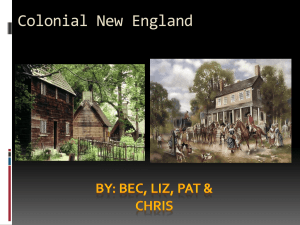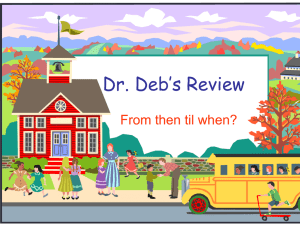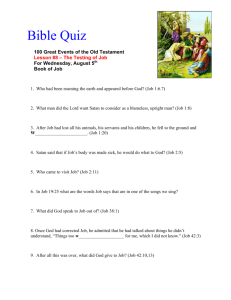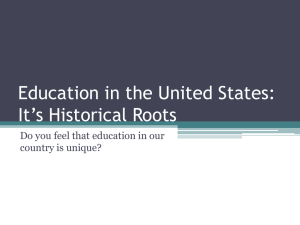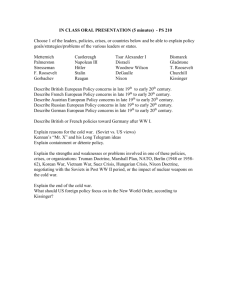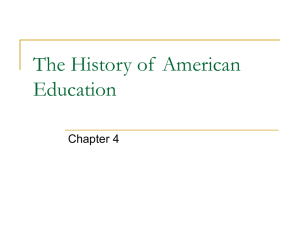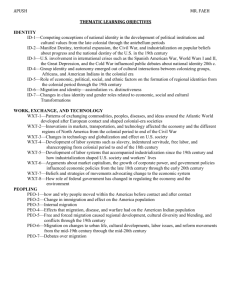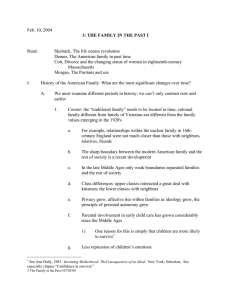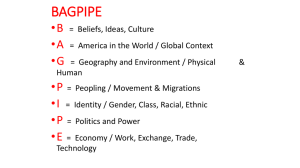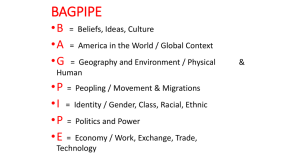The History of American Education
advertisement
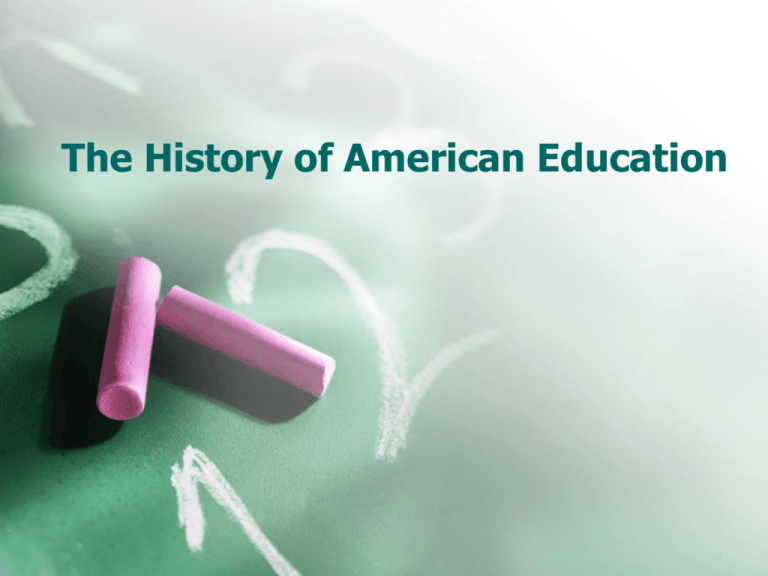
The History of American Education 17th Century Colonial Education took place in the home • Tutors-hired to teach in the home • Dame Schools-primary schools in colonial and other early periods which students (females) were taught by untrained women in the women’s own homes. • Apprenticeships (in loco parentis) Usually males • Latin Grammar Schools-A classical secondary school with a Latin and Greek curriculum preparing students for college. • Local Schools-Old Deluder Satan Law • Harvard College (1st college in US) 17th Century Old Deluder Satan Law (1647)Massachusetts colony law requiring teachers in towns of 50 families or mores and that schools be built in towns of 100 families or more. Communities must teach children to read so that they can read the Bible and thwart Satan. Educational Materials • Bible • Hornbook-a single sheet of parchment containing the Lord’s Prayer and letters of the alphabet. It was protected by a thin sheath from the flattened horn of a cow and fastened to a wooden board. http://www.iupui.edu/~engwft/hornbook.html • New England Primer 1687-1890-One of the first textbooks in colonial America, teaching reading and moral messages • McGuffey Readers 1836-1920 -for almost 100 years, this reading series promoted moral and patriotic message and se the practice of reading levels leading toward graded elementary school • http://www.lib.muohio.edu/my/pix/reader.html 18th Century Development of a national interest, state responsibility for education, growth in secondary education • South Carolina denies education to blacks • Opening of the Franklin Academyaccepted females as students and promoted a less classical, more practical curriculum • Noah Webster’s American Spelling Book • Land Ordinance Act 1785,NW Ordinance 1787-Provided for the sale of federal lands in the Northwest territory to support public schools; required townships in the newly settled territories bounded by the Ohio and Mississippi Rivers and the Great Lakes to reserve a section of land for educational purposes. 19th Century Increasing role of public secondary schools Increased but segregated education for women and minorities Attention to the field of education and teacher preparation Academies-The private or semipublic secondary schools in the United States from 1830-1870 that stressed practical subjects. Common schools-A public, tax-supported school. First established in MA, the schools’ purpose was to create a common basis of knowledge for children. It usually refers to a public elementary school 19th century continued • 1821 Troy Female Seminary; first endowed secondary school for girls • 1821-first public high school opens in Boston • 1823-first (private) normal school Normal School-a 2yr teacher education institution popular in the 19th century, many of which were expanded to become today’s state colleges and universities. • 1827-Massachusetts requires public hs • 1839-first public normal school • 1855-first kindergarten in US • 1862-Morrill Land Grant College Actestablished 69 institutions of higher education (UGA) • 1874-Kalamazoo case-legalizes taxes for hs • 1896-Plessy v. Ferguson –supported racially separate but equal schools 20th century • 1909-first Jr. High in Columbus, OH • 1917Smith-Hughes Act-funds for teacher training and establishment of high school vocational programs • 1919-progressive education programs Progressive education-an educational philosophy emphasizing democracy, student needs, practical activities, and schoolcommunity relationships • 1932-New Deal education programs • 1944-GI Bill of Rights-paid veterans’ tuition and living expenses for a specific number of months depending on the length of their military service • 1950-first Middle School 20th Century • 1954-Brown v BOE of Topeka • 1957-Sputnik leads to increased federal education funds • 1958-National Defense Education Act funds science, math, and foreign language programs • 1964-1965-Job Corps and Head Start are funded • 1965- Elementary and Secondary Education Action-financial assistance to school districts with low-income families, to improve libraries 20th century • 1972-Title IX prohibits sex discrimination in schools • 1975-Public Law 94-142-Education for all Handicapped Children Act • 1979-Cabinet level Department of Education is established • 1991-Renamed PL 94-142 to IDEA and expanded it. • 1990’s to present-increased public school diversity and competition through charter schools, for profit companies (Edison Schools) open enrollment And technological options • Promotion of educational goals, standards and testing. 2001- Passage of No Child Left Behind


